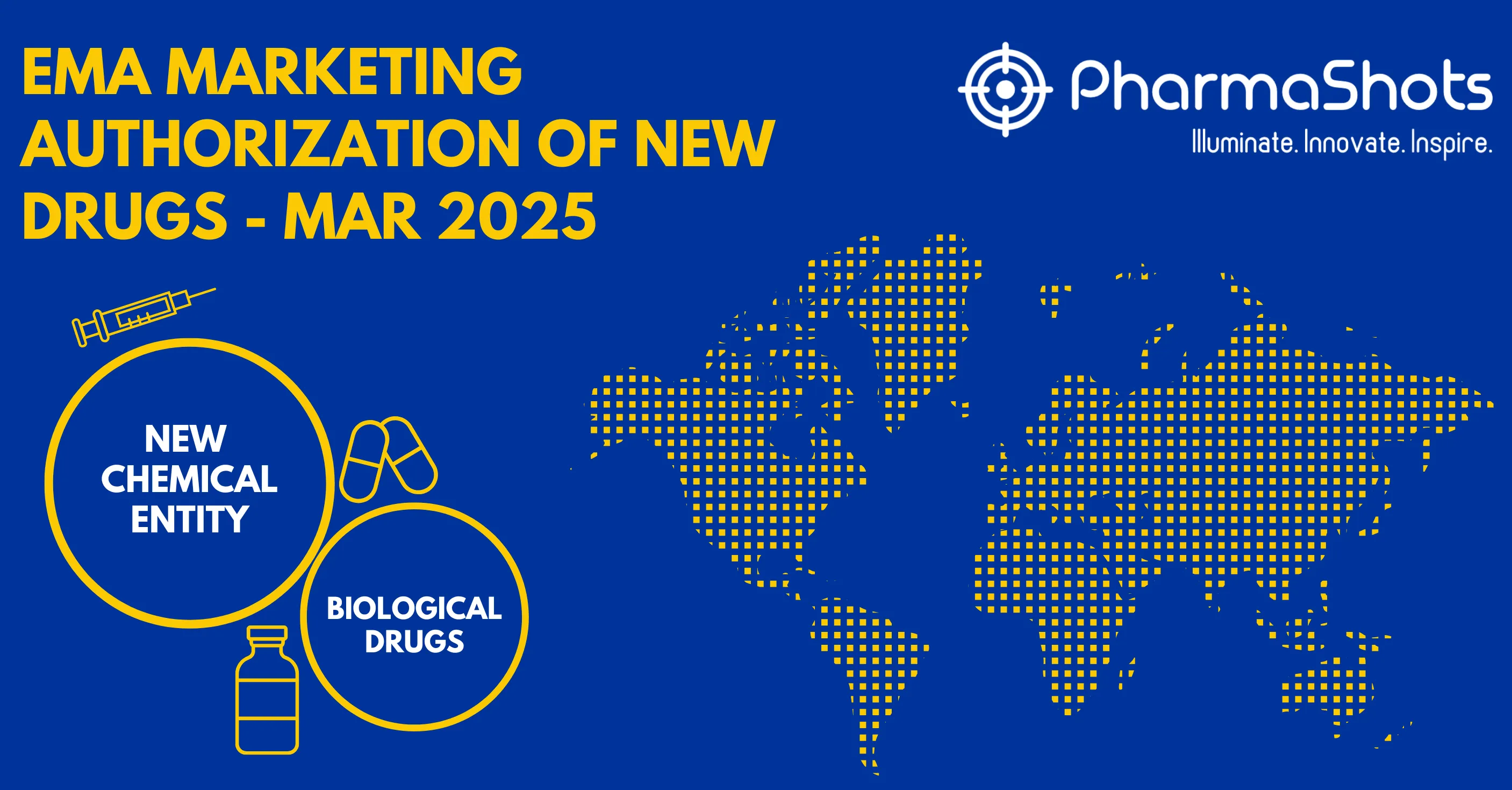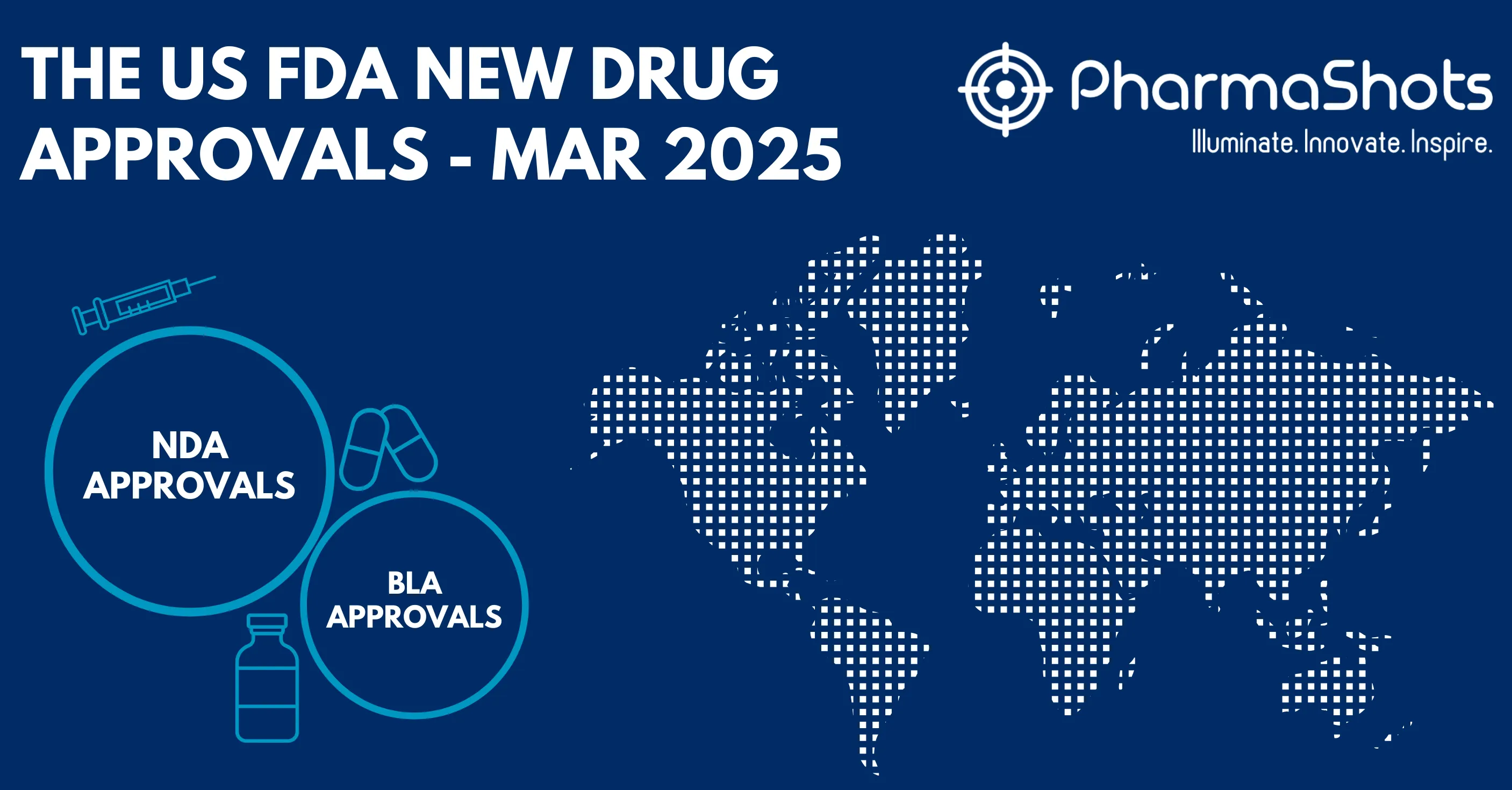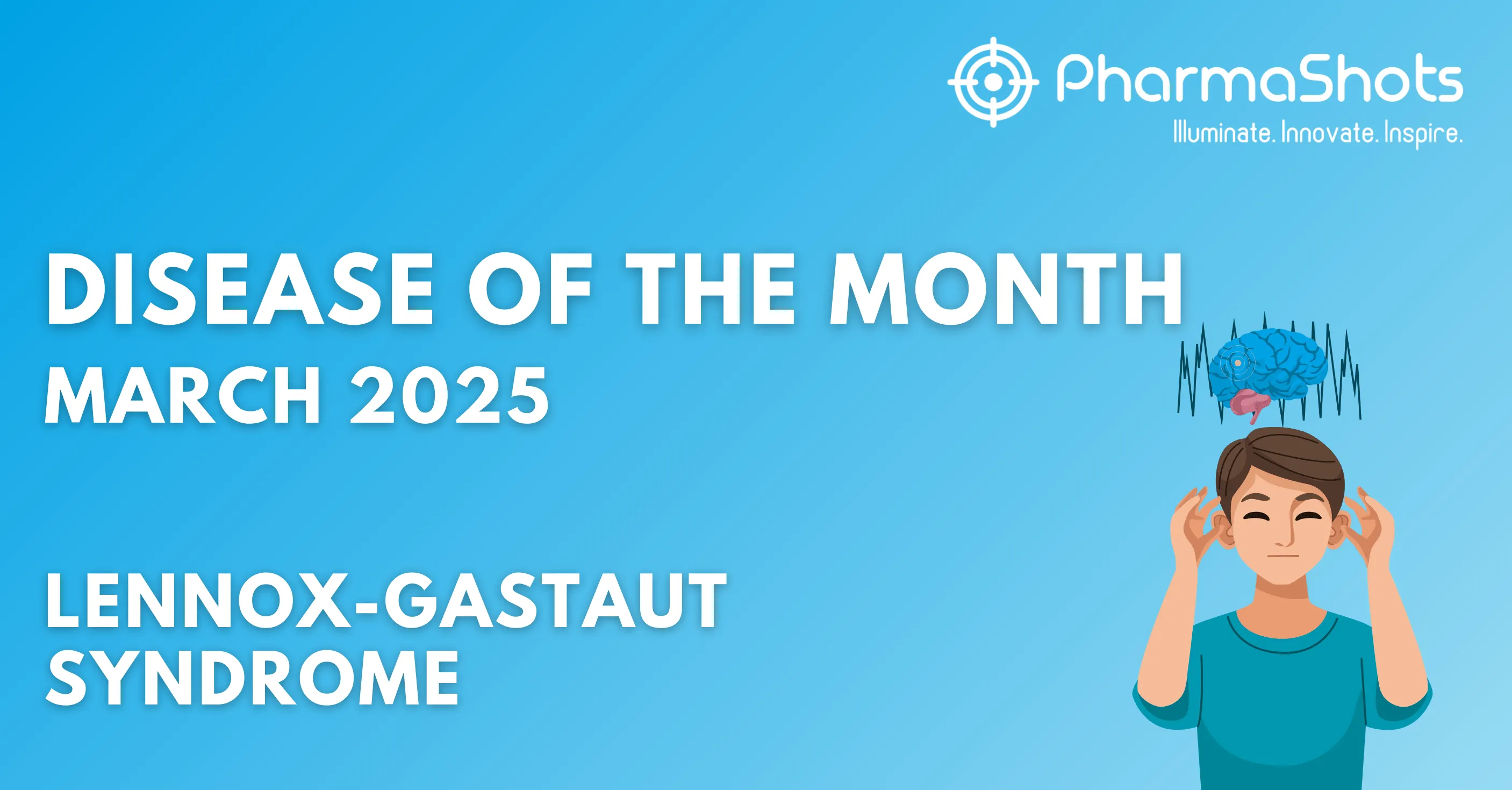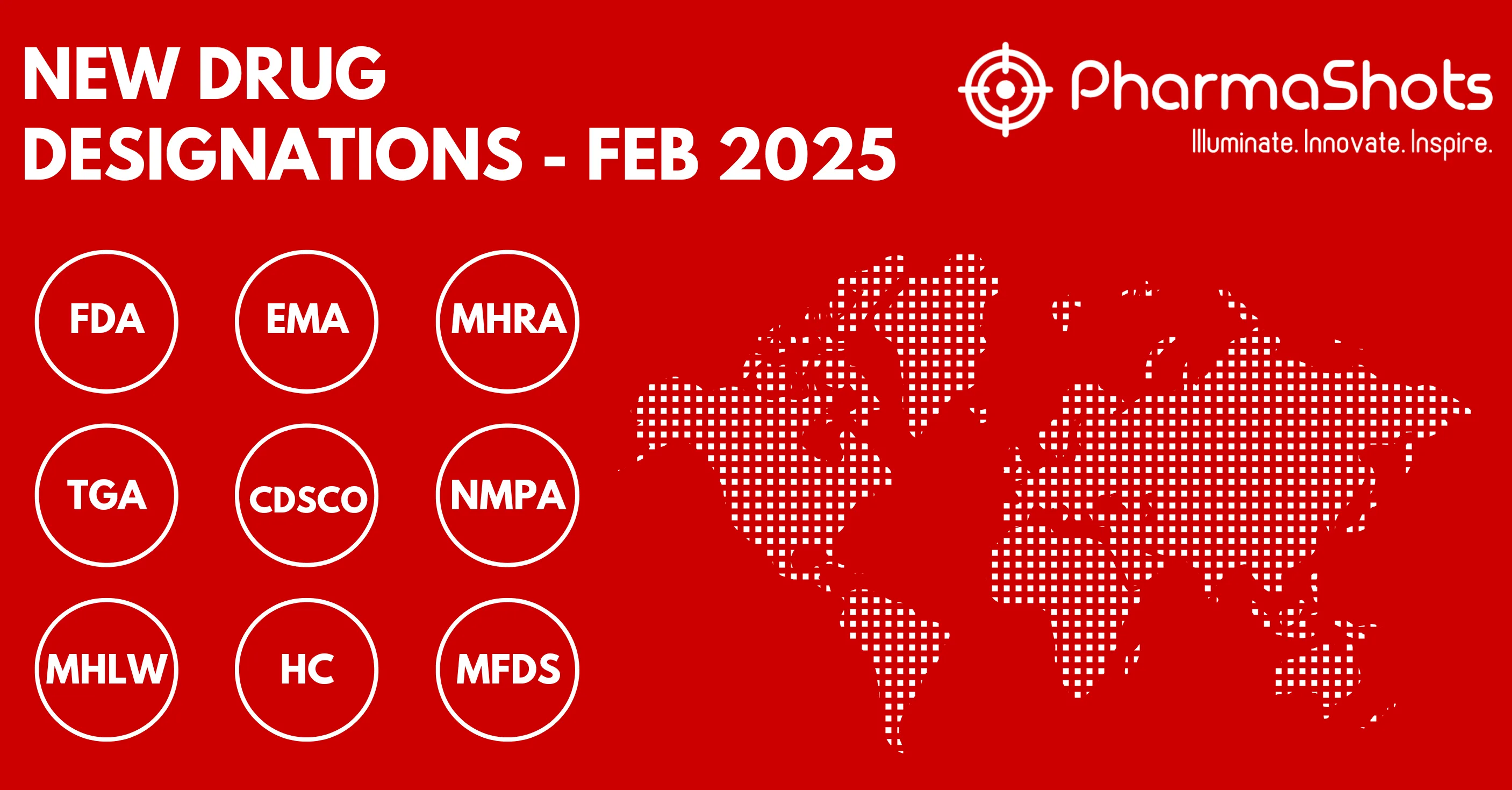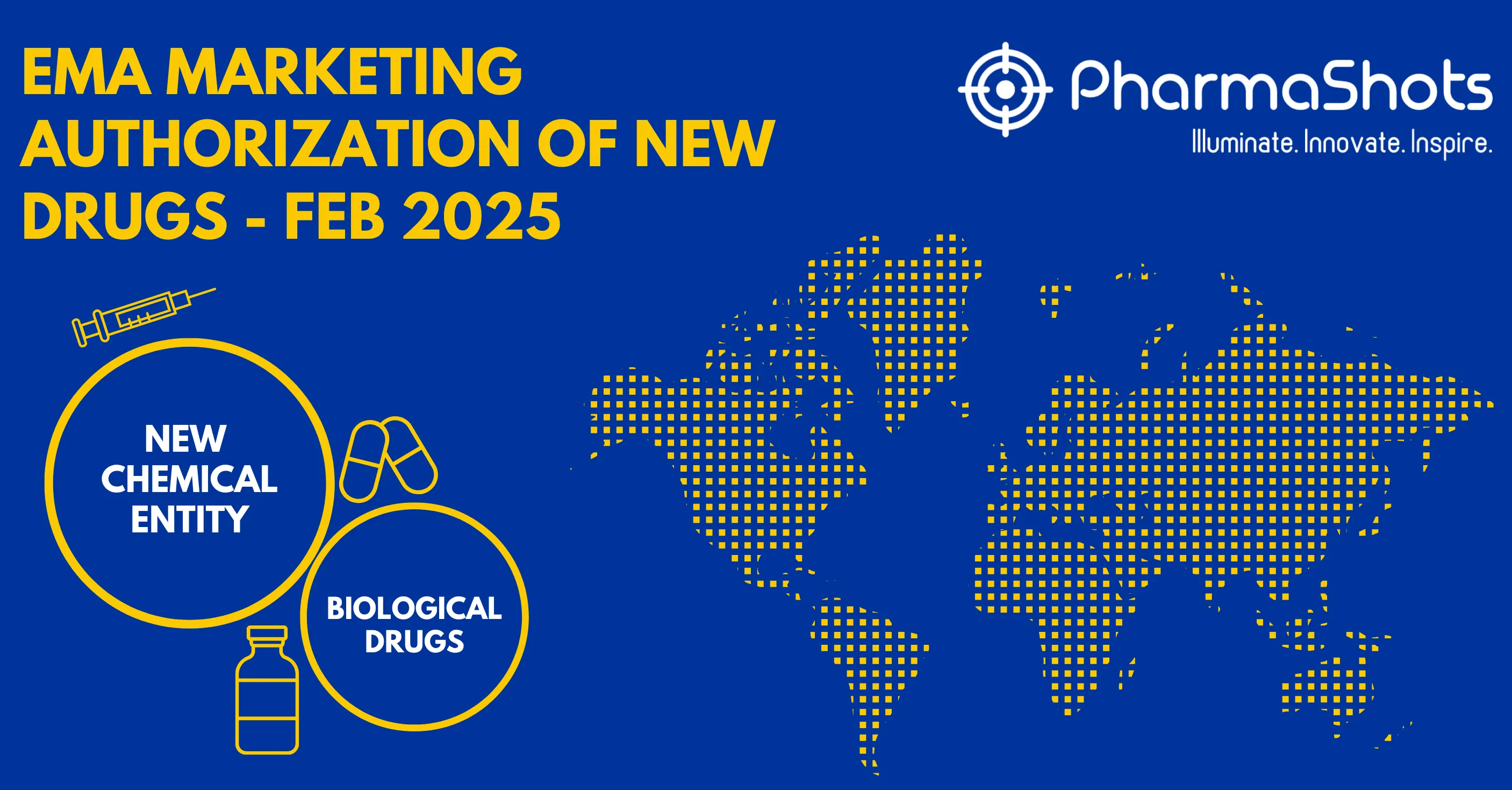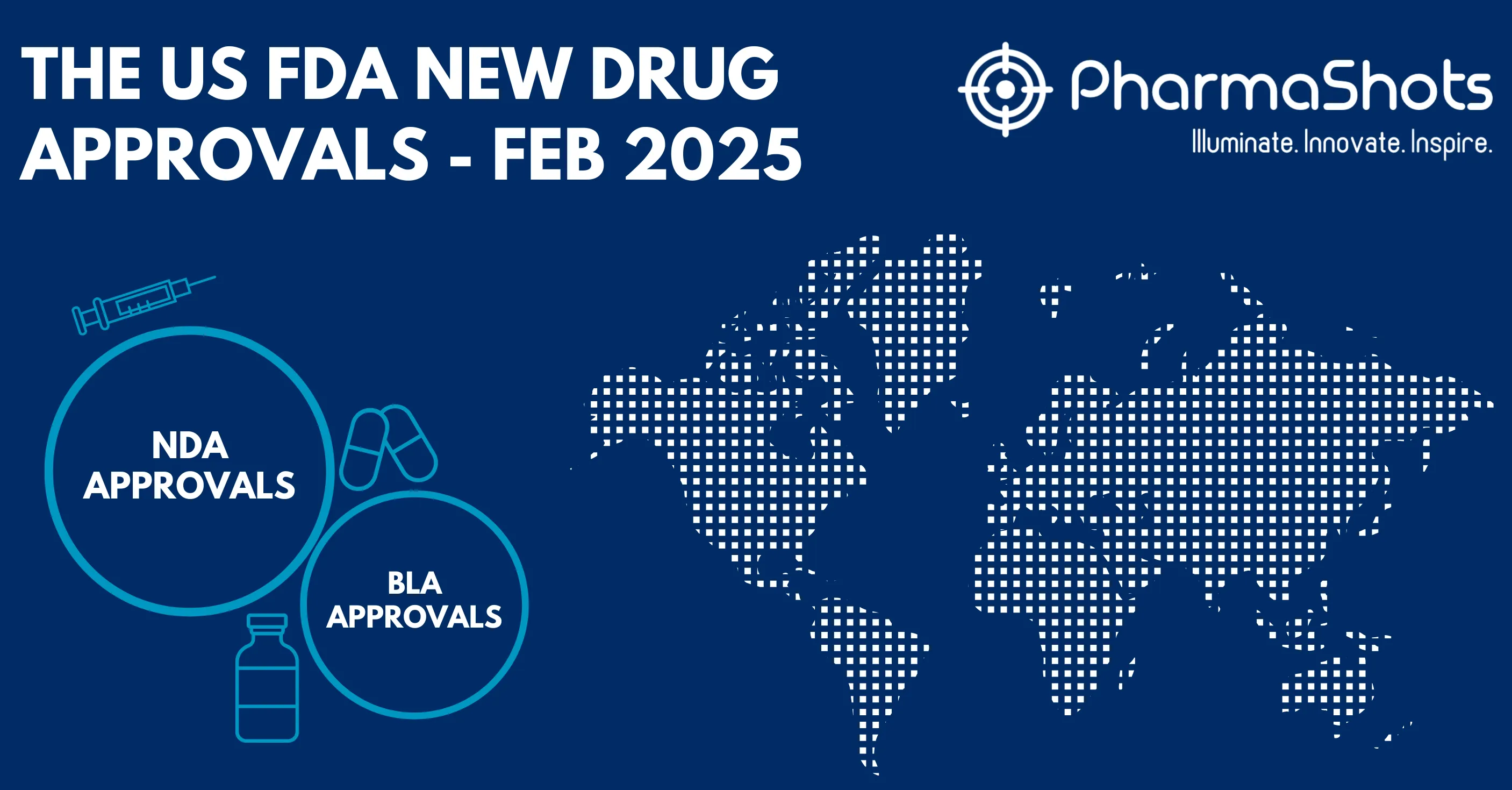
Disease of the Month - Scleroderma
Shots:
-
To keep our readers acquainted with several disease conditions, ongoing trials, and available treatment options, PharmaShots brings every month a detailed take on a particular disease after thorough research
-
Continuing the series for the disease of the month, PharmaShots brings this month a summary of the disease, Scleroderma, a rare neurological disease that affects motor neurons
-
June is observed as National Scleroderma Awareness Month, a disease that affects people in every country around the globe
Introduction:[1]
Scleroderma/Systemic sclerosis is a rare, chronic autoimmune connective tissue disorder characterized by autoantibodies, vasculopathy, and fibrosis of the skin and internal organs.
The immune system stimulates other cells to produce excessive collagen that gets deposited in the skin and organs, causing hardening and thickening of the skin.
Along with the skin, it may also affect GIT, lungs, kidneys, heart, blood vessels, muscles, and joints. Scleroderma, in its most severe forms, can be life-threatening.
The two major forms of scleroderma are localized scleroderma and systemic scleroderma.
Localized Scleroderma: Also known as morphea, it affects only the skin. It often appears in the form of waxy patches or streaks on the skin, and it is not uncommon for this less severe form to go away or stop progressing without treatment.
Systemic Scleroderma: Along with the skin, this form can also affect many parts of the body and causes kidney failure. Systemic scleroderma can sometimes become serious and life-threatening.
Symptoms [2]
-
Skin-related signs and symptoms:
-
Patients with scleroderma experience hardening and tightening of the skin
-
Raynaud's phenomenon
-
Calcinosis
-
Digestive problems
-
Heartburn
-
Difficulty swallowing
-
Bloating
-
Diarrhea
-
Constipation
-
Heart and lung problems
-
Persistent cough
-
Shortness of breath
Diagnosis:
-
Pulmonary function tests or breathing tests: To measure how well the lungs are functioning
-
Doctors may recommend a CT chest scan to evaluate the extent of lung involvement
-
Electrocardiogram: To see if there are changes in the heart muscle tissue due to scleroderma
-
Echocardiogram: To look at the structure and function of the heart. It uses sound waves to take pictures of the heart and valves
-
X-rays or special imaging: To show any changes in the bones or soft tissues caused by scleroderma. It uses a small amount of radiation to take pictures of internal tissues, bones, and organs
-
Motility studies assess gastrointestinal dysmotility
Epidemiology:[3][4]
The incidence of localized Scleroderma is 2.7 cases per 100,000 and in children under the age of 16 years, there are 3.4 cases /million/year while the incidence of systemic scleroderma is 8-56 cases/million and prevalence are 38 to 341 cases/million throughout the world.
It is more common in the population of southern Europe, North America, and Australia, and less common in northern Europe and Japan.
Market Size:[5]
The global systemic scleroderma treatment market size was $1,520M in 2021, 1588M in 2022 and it is expected to increase to $2467M by 2032, at a CAGR of 4.5%.

Treatments:[6]
Until now, there has been no cure for scleroderma, however, treatments can ease symptoms, slow progression, and improve quality of life.
-
NSAIDS or corticosteroids for pain relief
-
Skin lotions and moisturizers to remove itchiness
-
Slowing skin thickening and minimizing damage to the internal organs with medication that suppresses the immune system
-
Physical therapy and exercise to maintain muscle strength
-
Anti-hypertensive Controlling blood pressure and Vasodilators
-
with medication
-
Treating specific symptoms such as heartburn and Raynaud’s phenomenon
Key Player in the Market:[7]
Ofev (nintedanib), a kinase inhibitor developed by Boehringer Ingelheim, is the only treatment (150 mg and 100 mg, oral, capsules) to slow the rate of decline in pulmonary function in patients with systemic sclerosis-associated ILD.
Clinical Trial Analysis:[8]
As of May 26, 2023, ~400 interventional clinical trials are registered worldwide for scleroderma. Some of the key molecules involved in the trials are MK-225 (Merck) and Guselkumab (Janssen), Innebilzumab (Mitsubishi Pharma)
Based on G10 geography distribution, the interventional clinical trials are classified in the below-mentioned graph in two groups based on their status i.e., active (recruiting, active, not recruiting, not yet recruiting and enrolling by invitation, suspended) and inactive (withdrawn, terminated and trials with unknown status). The interpretation shows that the USA conducted maximum trials and few trials were reported in China (as represented in the graph)


References:
- Scleroderma Education Project
- Mayoclinic
- NORD
- ScienceDirect
- GlobenewsWire
- Hopkins medicine
- Ofev.com
- ClinicalTrials.gov
For Deep dive landscape please mail us at connect@pharmshots.com
Related Post: Disease of the Month - Amyotrophic Lateral Sclerosis (ALS)
Tags

Akanksha was a content writer at PharmaShots. She is interested in covering recent innovations from pharma & medtech industry. She covers news related to Product approvals, clinical trial results, and updates. She is passionate, meticulous, diligent, and inquisitive. She can be contacted at connect@pharmashots.com.




